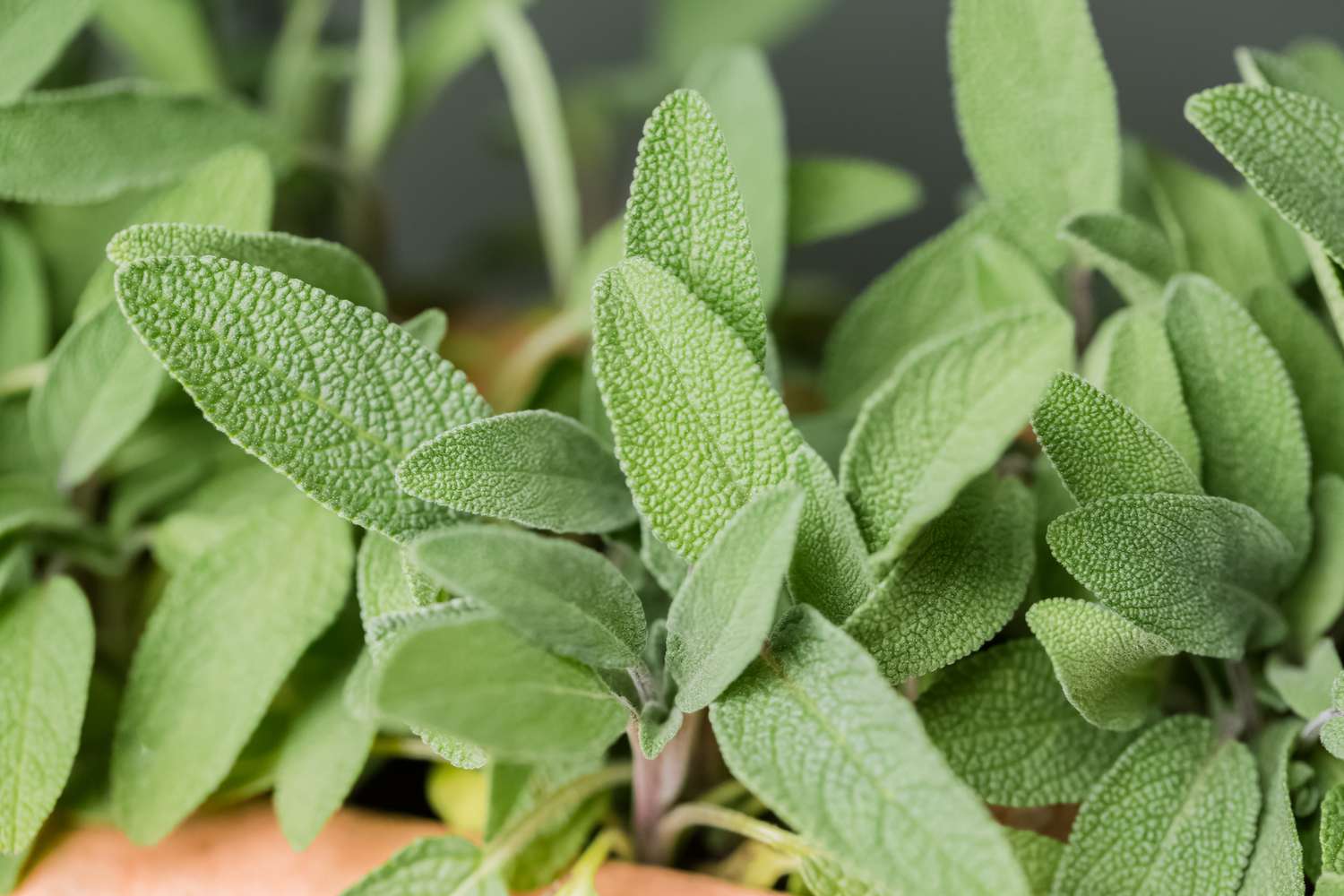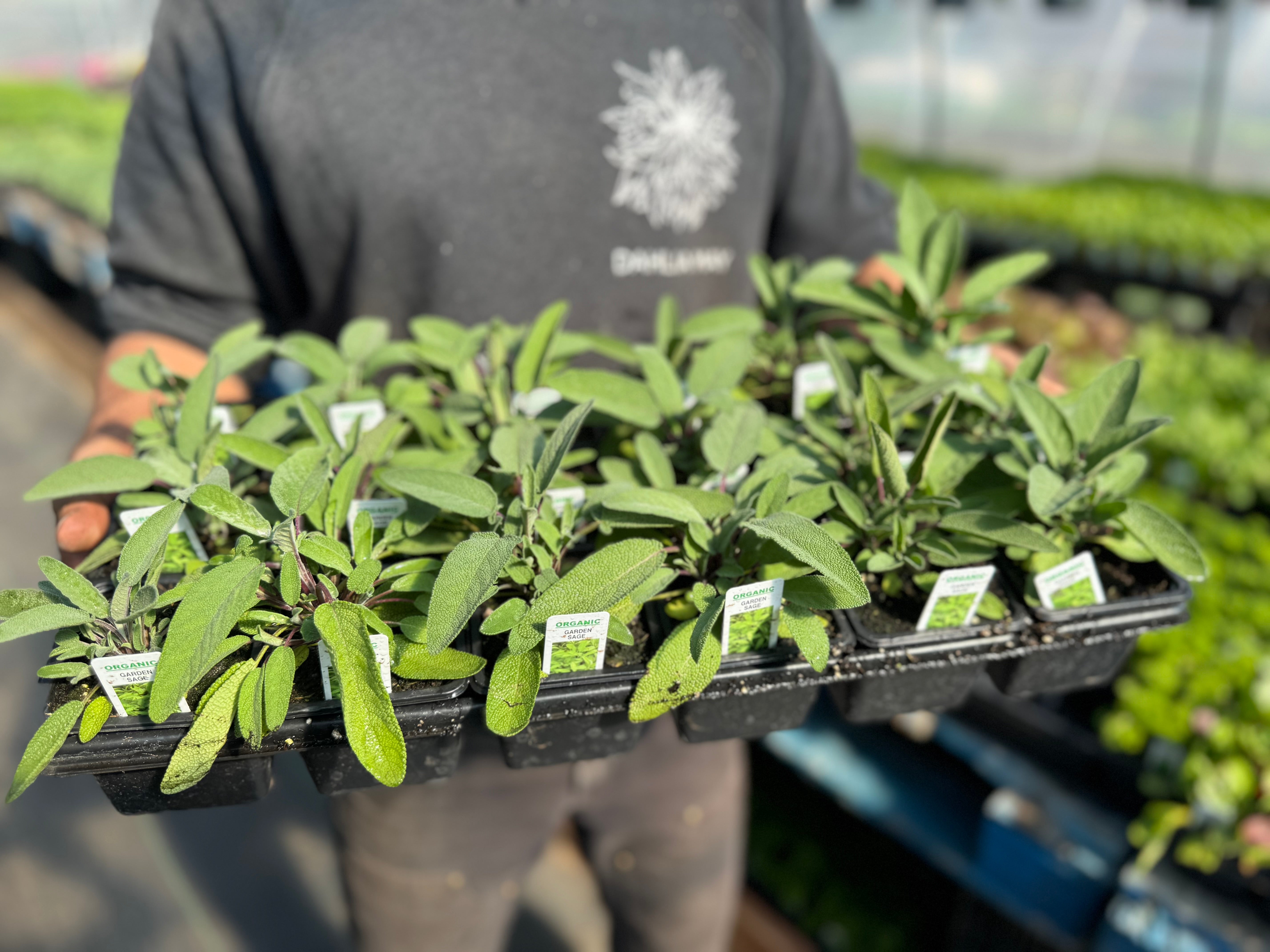

Sage Plants
Sage plant, in a 3.5" pot
Sage is an herb that belongs to the mint family. It’s a small, woody shrub that typically grows up to 2-3 feet tall. It has gray-green, oblong leaves that are covered in fine hairs, giving them a velvety texture. The leaves are highly aromatic and have a strong, earthy scent. Sage plants produce small, tubular flowers that are usually purple or blue in colour. Its leaves have a warm, savoury flavour with hints of pine and citrus. Sage is often used to flavour meat dishes, stuffings, soups, and sauces. It pairs well with poultry, pork, and roasted vegetables. Sage has a long history of medicinal use. It is believed to have antimicrobial, anti-inflammatory, and antioxidant properties.
Tips on how to grow Sage:
1. Climate and Soil: Sage thrives in a sunny location with well-drained soil. You’ll want to ensure that your sage receives 6-8 hours of sunlight per day. Consider growing Sage in containers that can be brought indoors during the winter months.
2. Planting: When planting Sage, space the plants about 12-18 inches apart to allow for proper air circulation. Dig a hole slightly larger than the root ball and place the plant in the hole, ensuring that the top of the root ball is level with the soil surface. Gently firm the soil around the plant and water thoroughly. You’ll want to wait until after your last frost to plant Sage outside in the garden.
3. Watering: Sage plants are drought-tolerant and prefer dry to moderately moist soil. Water deeply when the top inch of soil feels dry, but allow the soil to dry out between waterings. Avoid overwatering, as sage is susceptible to root rot.
4. Fertilizing: Sage plants do not require heavy fertilization. A light application of balanced organic fertilizer in the spring is usually sufficient. Avoid over-fertilizing, as this can lead to excessive leaf growth and a weaker flavour.
5. Pruning: Pruning sage regularly helps to maintain its shape and encourages bushier growth. After the plant has finished flowering, trim back the stems by about one-third to promote new growth. You can also pinch back the tips of the stems throughout the growing season to encourage branching.
6. Harvesting: Sage leaves can be harvested as needed once the plant is established. Harvest the leaves in the morning when the essential oils are most concentrated. Cut the stems just above a leaf node and remove the leaves from the stems. You can use the leaves fresh or dry them for later use.


